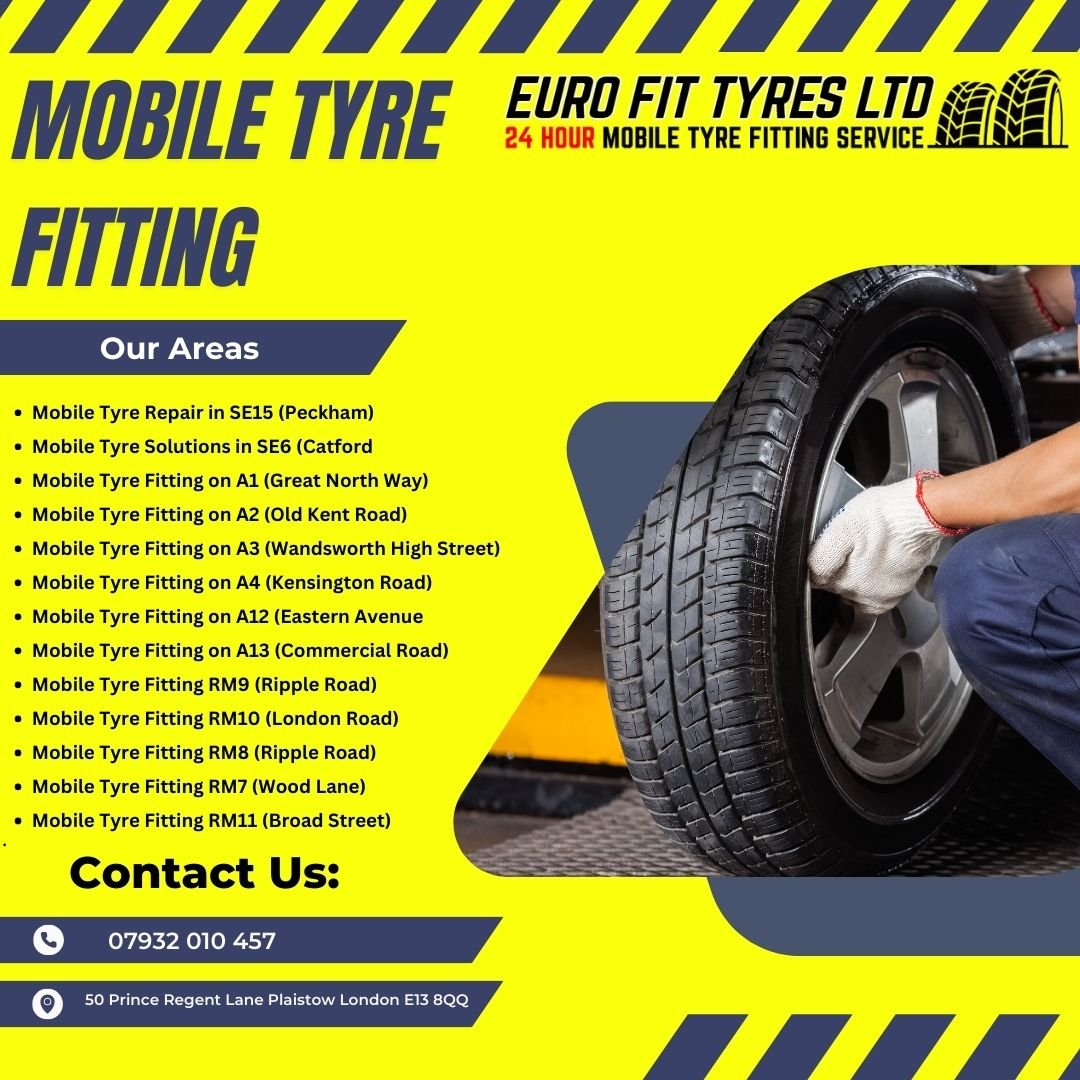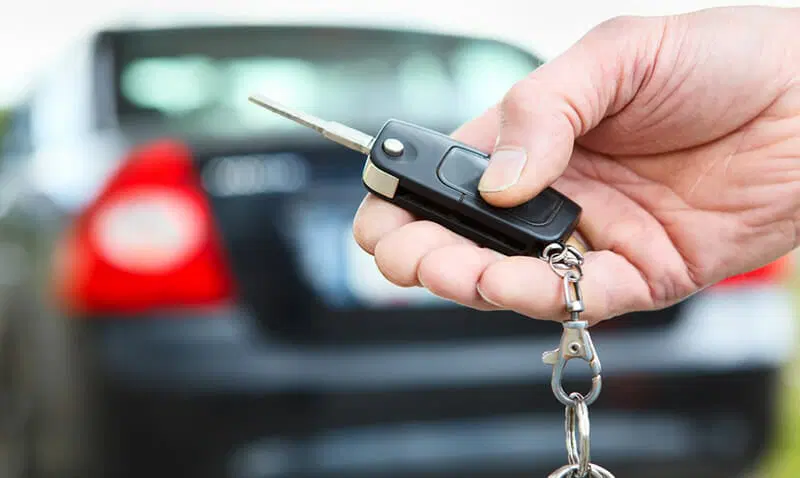Introduction
Ensuring a smooth and legal transaction critically depends on the license plate transfer when selling a car. Effective control of this procedure may avoid legal problems, safeguard your rights, and streamline the selling for the buyer as well as the seller. Covering legal requirements, procedural guidelines, best practices, this article offers a thorough look at how to transfer license plates when selling a car.
How to Transfer License Plates When Selling a Car: A Comprehensive Guide
Understanding License Plate Transfer Regulations
State by state license plate transfer rules vary; hence, it is important to be aware of the particular criteria of your area. Investigate local rules to find out if you may relocate plates, whether they should be taken off, or whether they need to be returned to the DMV.
The license plate transfer process of a car sold depends on ownership and registration information. Make sure the title and registration of the car are in order; then, know how these records impact plate movement.
Standard, customized, or specialty license plates can all have particular transfer policies. Learn the specifications for the kind of plates you need to guarantee compliance. When buying 4D registration plates, always check and confirm the registration details.
Preparing for the Sale
Verify your registered ownership of the license plates and check for any ongoing problems or holds on them. This covers looking into expired registrations and outstanding fines.
Clean the car and remove any personal belongings—including any specialist plates or stickers that would not transfer with the car—before the sale. Make sure the car is in excellent enough state for a seamless sale.
Get all needed paperwork ready: the title, registration, and evidence of ownership for the car. As directed by your state’s DMV, gather any more forms needed for the plate transfer process.
Steps for Transferring License Plates
Find out whether your state lets license plates be moved between cars or whether they have to be returned to the DMV; some places tie registration plates to the car and cannot be transferred to another owner.
Should the plates be qualified for transfer, gently take them off the car. Make sure you don’t break the plates during removal; damaged plates can call for replacement.
Complete all necessary forms pertaining to the plate movement. These might call for certain plate transfer documentation, title transfer papers, and a bill of sales. Make sure every bit of the material is correct and whole.
Send the finished paperwork and any other needed documentation to the DMV. While some states would call for in-person visits, others permit online entries. For particular directions, see the DMV website of your state.
Tell the DMV about the car transaction so they may formally assign ownership and, if necessary, the license plates. Updating records and avoiding any future responsibility for the car depend on this stage.
Handling Plates That Cannot Be Transferred
Use the process for returning license plates should your state mandate that they be returned to the DMV. This might call for shipping the plates to the proper place or visiting a nearby DMV office.
Request a DMV receipt or confirmation when returning plates. This acts as evidence that you returned the plates and guards against any possible responsibility.
Tell the buyer they will have to get new plates should the plates prove difficult for transfer. Give them any information they need to help this procedure run well.
Transferring Personalized or Specialty Plates
Customized or specialized plates might have certain transfer limits or other constraints. See the regulations controlling these kinds of plates and get advice from your DMV.
To transfer customized or specialized plates, you might have to finish extra documents or requests. This might call for paying an extra cost or making a unique transfer request.
If you want customized or specialized plates for a new car, work with the buyer to guarantee they know how to get new plates.
Post-Sale Responsibilities
Track any possible car liability concerns following the transaction. Make sure you are no longer connected to the car and that the title change is complete.
Tell your insurance provider of the sold car and any policy modifications you made. Updated coverage depends on this as well as preventing any possible insurance problems.
Save copies of every sales and plate transfer related document, including DMV communication, title transfer papers, and bill of sale. Should problems develop or for future reference these records might be required.
Conclusion
When selling an car, successfully moving license plates calls both strict respect to state rules and great attention to detail. Following the advice in this book will help you to confidently negotiate the plate transfer procedure and guarantee a flawless transaction. Appropriate license plate management safeguards buyer interests as well as your own, thereby facilitating a good car sale. Also read more nytimer.uk interesting articles.




